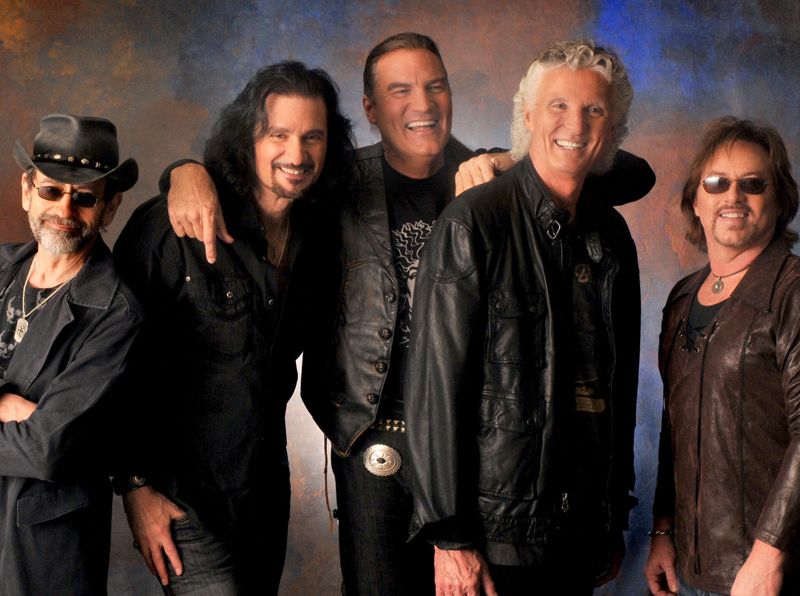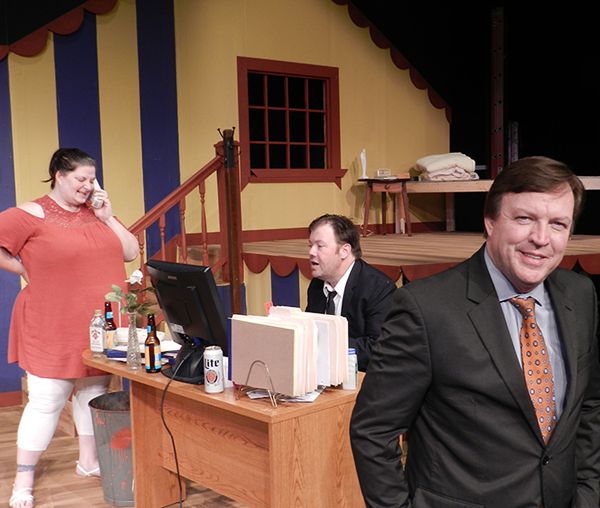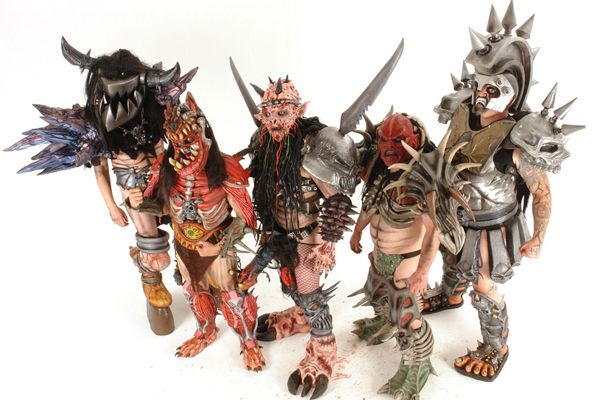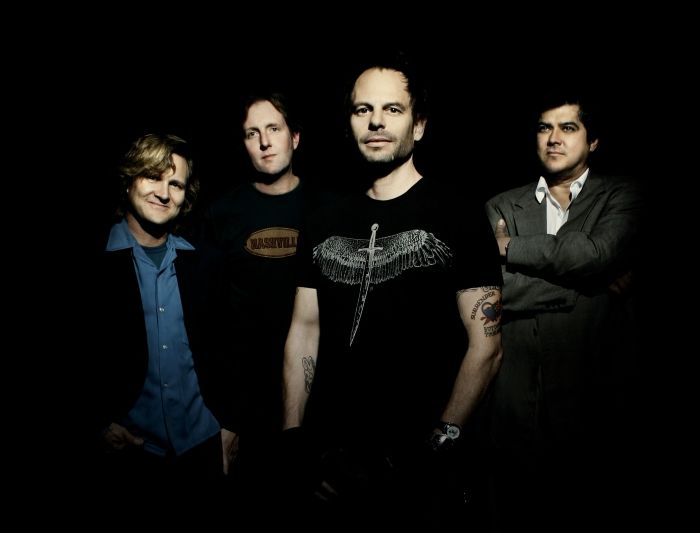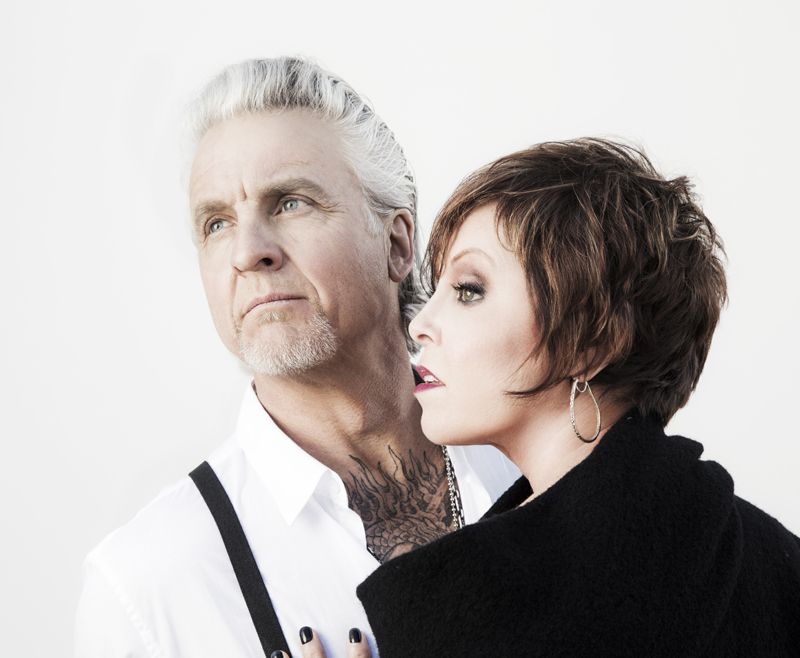One of America’s most beloved classic rock bands is about to turn 50, but hey, AARP, hold the membership cards. Grand Funk Railroad, who’ll take the Foellinger Theatre stage by storm Saturday, July 14, at 8 p.m., are the kind of ageless band whose songs wear well overtime. They’re like your favorite T-shirt: comfortable but bad-to-the-bone and still in style. And, if you grew up in the ’70s, there’s a good chance your favorite shirt has the words “Grand Funk” on there somewhere.
Grand Funk Railroad came together in Flint, Mich., in 1969. At that time, they were a power trio consisting of Mark Farner on guitar and vocals, Don Brewer on drums and vocals, and Mel Schacher on bass. Terry Knight from Terry Knight and the Pack was their hungry and relentless producer. Named for a local rail line (the Grand Trunk Western Railroad), the three friends got their first taste of fame at the Atlanta International Pop Festival, where they treated the sweaty audience (temps reached 100 degrees at times) to a raucous and irresistible version of “Are You Ready?”, thereby gaining a reputation as an arena rock act to be reckoned with.
That same year, they put out their debut album, On Time, which went gold in, well, no time. In 1970, they were asked back to the Atlanta Pop Festival and shortly thereafter put out their sophomore effort, Grand Funk (The Red Album). Another gold.
Next up came Closer to Home, an album Knight promoted tirelessly and incessantly. The band even spent $100,000 on a Times Square billboard advertising the album. The marketing campaign resulted in Grand Funk selling out Shea Stadium in a mere 72 hours and equalling the Beatles’ attendance record in that same space.
Farner told a writer with Best Classic Bands that the Shea Stadium gig will forever live in his memory as one of the most exciting and surreal of his life.
“I was flying over Shea Stadium in a big helicopter, a big Huey, and the side door is open and I’m looking down–Humble Pie is onstage, which is set up at second base–and there are 60,000 people in the stands and it is bouncing up and down. The stadium looked like it was gonna collapse. It was bouncing so much I was thinking, ‘Wow those guys are rocking it!’ I couldn’t hear them because of the helicopter rotors, but man, visually …
“Then,” he continued, “when we landed in the parking lot where the limousine is supposed to be waiting for us, there was nothing. We’re in an empty parking lot. The guy with us who was riding along runs down to the phone booth and makes a call. Within two or three minutes we got cop cars in the parking lot, with the lights and sirens, picking us up. They haul us into Shea Stadium and we get out of the back of the cop cars and the crowd loses it! Wow! What a moment!”
The guys from Grand Funk were incredibly popular with fans, who considered them “the people’s band.” Critics, though, were harsh. In August of 1971, Rolling Stone ran an article entitled “Grand Funk Railroad: Is this Band Terrible?” The answer seemed to come in the subhead – “World’s Biggest Car Radio Plays in N.Y.”
“Pass the wine,” wrote Timothy Ferris, who was in the Shea Stadium crowd on that historic day. “What H.L. Mencken said of Bach’s music is true of Grand Funk’s as well: Alcohol is its natural solvent.” Ferris went on to conclude, “It should be interesting to see how long they last. The Shea Stadium concert sold out in three days, but on the night of the concert itself hundreds of kids outside were trying to sell tickets and couldn’t unload them, even at discount prices. It’s not to detract from Grand Funk Railroad’s success to say that the tressle appears to be collapsing behind them.”
Ferris, though, like so many other critics, was misguided. Grand Funk Railroad had a lot of life in them yet. They weren’t terribly happy with their direction as a band, though, and the members decided they needed to fire Knight in order to remain true to their vision. Knight went, but not without a fight. A legal battle ensued. Knight even stole the band’s equipment prior to a performance at Madison Square Garden. Eventually, all was squared away and, in 1972, they added Craig Frost on keyboards, transforming their sound from garage rock to a more R&B, pop-rock aesthetic. In 1973, they released the seminal We’re an American Band, whose title track hit No. 1. The album itself grabbed the No. 2 spot.
Grand Funk Railroad followed up that success with four more albums, one of which was produced by none other than Frank Zappa, before formally breaking up in 1976. Farner went on to pursue a solo career as a Christian music artist; Brewer, Shacher and Frost formed their own band, Flint, which they named for their home town.
Then, in 1981, Grand Funk reunited. That lasted two years, during which the notoriously prolific band put out two more albums – Grand Funk and What’s Funk? – and toured the country. They broke up again, only to reunite a second time in 1996 when the three original members played three sold-out concerts to benefit the citizens of war-torn Bosnia. The performances were immortalized in a two-disc live album aptly titled Bosnia.
In 1998, Farner left again to go solo, and Brewer and Shacher recruited singer Max Karl of 38 Special fame, guitarist Bruce Kulick of Kiss, and Tim Cashion of Bob Seger and the Silver Bullet Band to round out the lineup. Since then, Grand Funk Railroad have been playing 40 shows a year in the U.S. and on countless international stages. In doing so, they’ve had the satisfaction of proving all their critics wrong. This American band from America’s heartland is full steam ahead.
